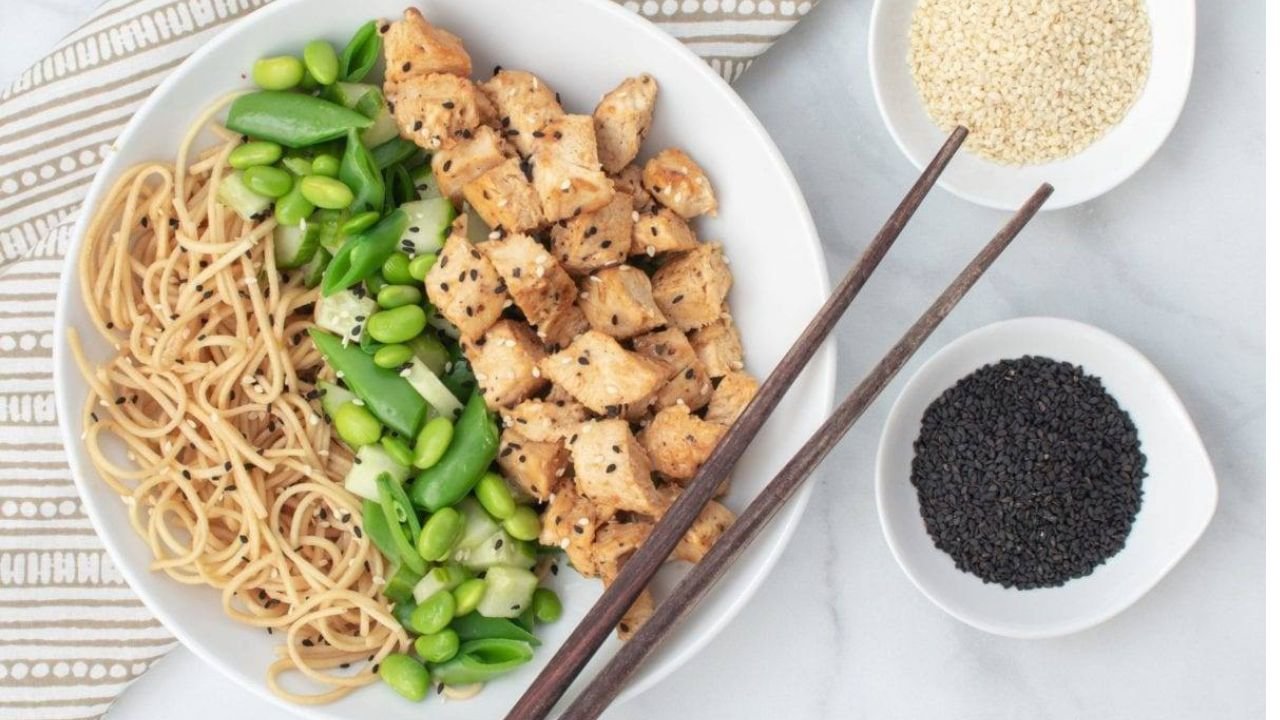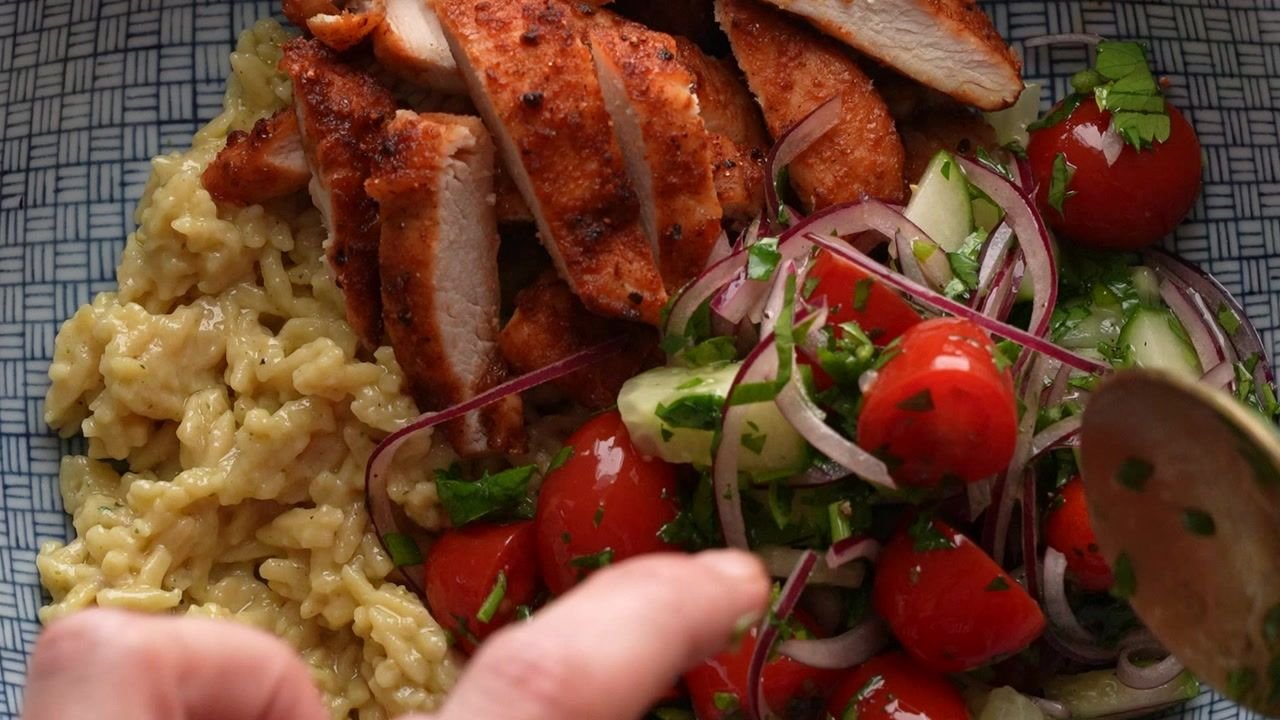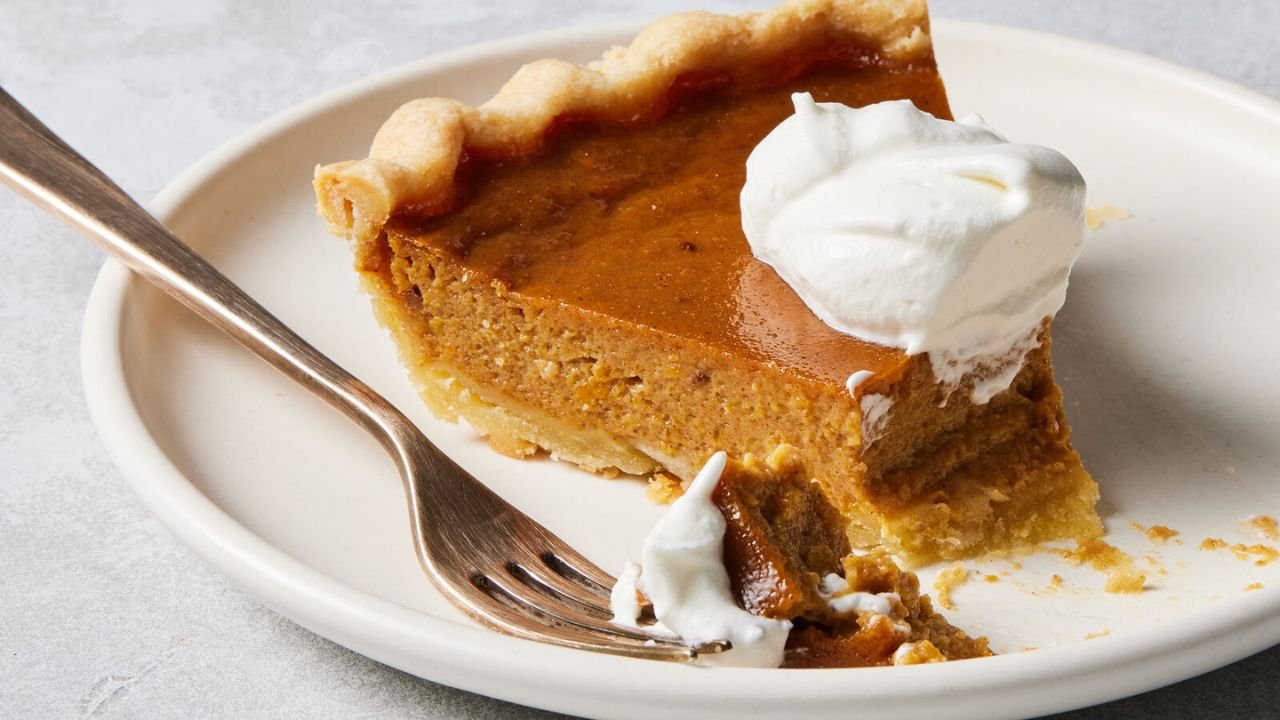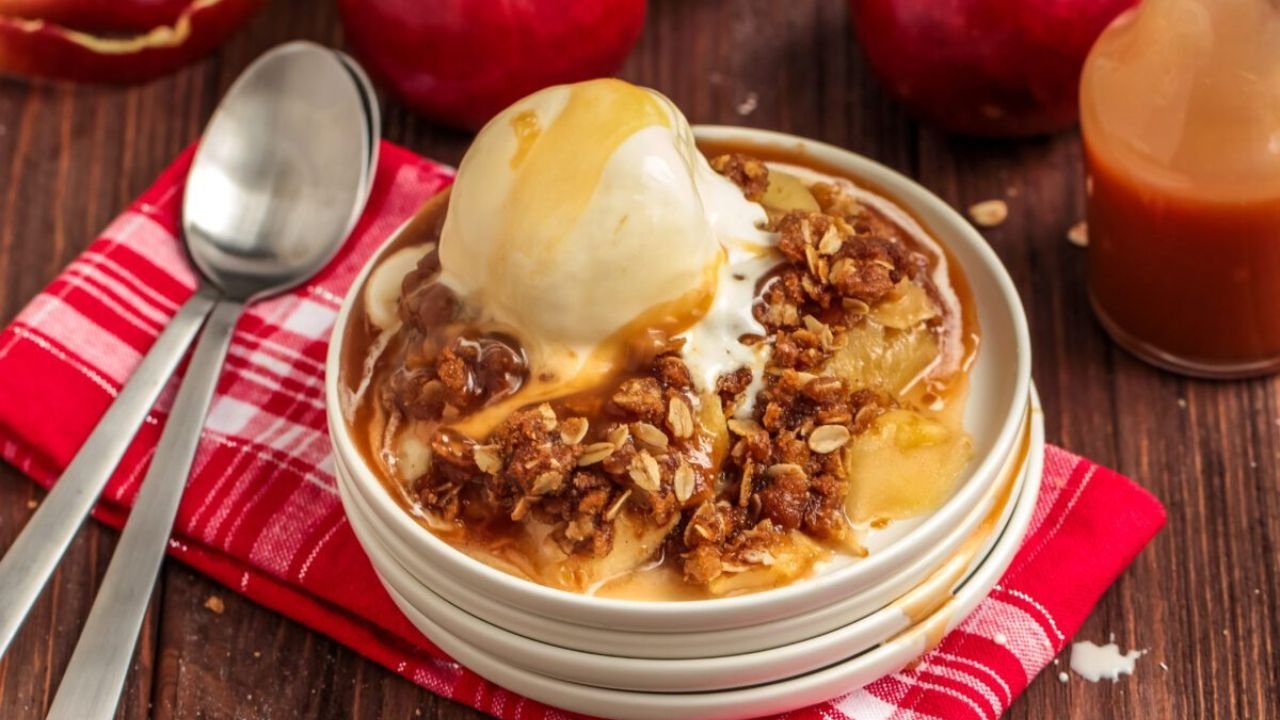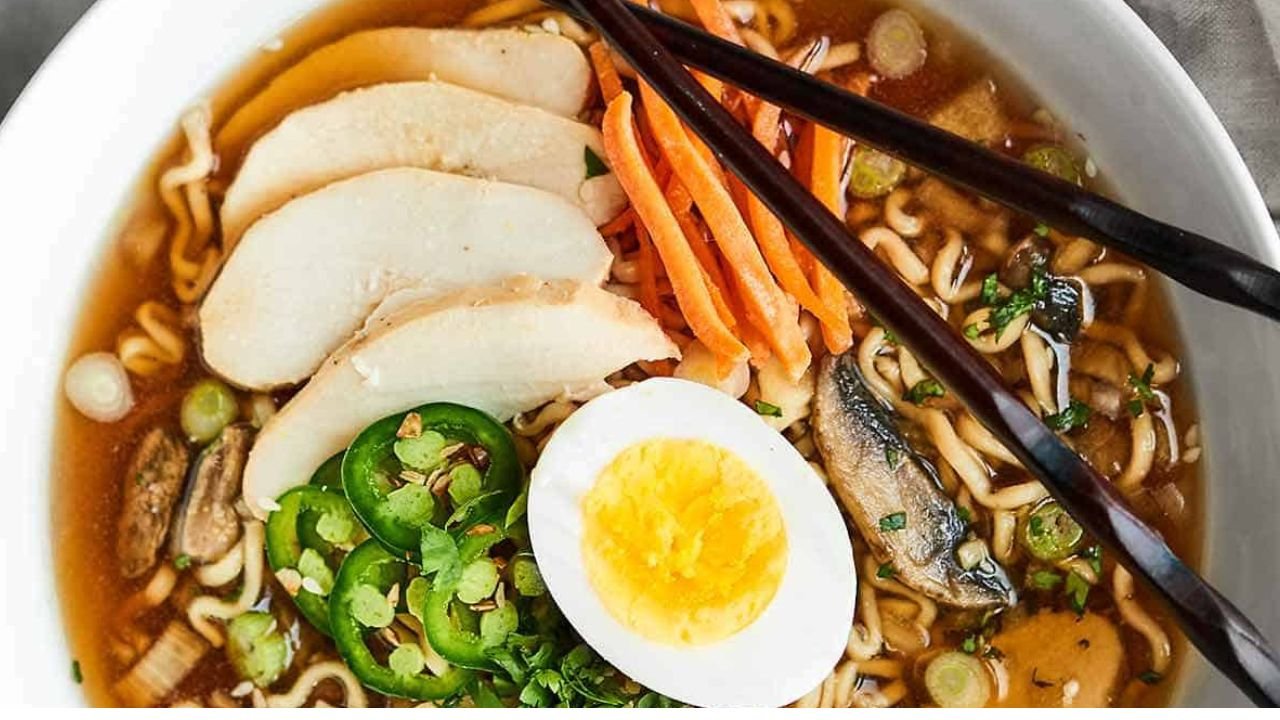Introduction
Sesame noodles are a beloved dish in many Asian cuisines, especially in Chinese, Japanese, and Korean culinary traditions. Known for their rich, nutty flavor, chewy noodles, and vibrant sauces, sesame noodle bowls are perfect for quick lunches, casual dinners, or satisfying comfort food.
This guide aims to provide you with everything you need to create authentic, flavorful sesame noodle bowls at home. Whether you’re a seasoned cook or a beginner, you’ll find detailed recipes, tips, and inspiration to elevate your noodle game.
The Origins and Cultural Significance of Sesame Noodles
Sesame noodles have a long history in Asian cuisine, with variations found across China, Japan, Korea, and other countries. The common thread is the use of sesame seeds or sesame paste (tahini or Chinese sesame paste) as a key flavoring component.
Chinese Sesame Noodles
In northern China, sesame paste (known as zhi ma jiang) is a staple ingredient. Chinese sesame noodles typically feature a thick, savory sauce made with sesame paste, soy sauce, vinegar, garlic, and chili oil. They are often served cold or at room temperature, making them perfect for hot summer days.
Japanese Sesame Noodles
In Japan, sesame-flavored dishes like Goma Dare are popular, often used as dipping sauces or dressings. Japanese sesame noodles tend to be lighter and sometimes incorporate ingredients like miso or rice vinegar.
Korean Sesame Noodles
Korean cuisine features dishes like Jajangmyeon, which uses black bean paste, but sesame oil and seeds are common flavorings in other noodle dishes, adding depth and aroma.
Modern Variations
Today, sesame noodles are enjoyed worldwide, adapted to local tastes and ingredients. Their versatility makes them a favorite for vegetarians, vegans, and omnivores alike.
Core Ingredients for Sesame Noodle Bowls
Creating authentic sesame noodle bowls depends on selecting quality ingredients and understanding their roles. Here’s a breakdown:
1. Noodles
- Traditional options: Chinese wheat noodles, lo mein, or udon.
- Alternative options: Rice noodles, soba (buckwheat), or even spaghetti for a fusion twist.
- Preparation tip: Cook until just al dente, rinse with cold water to stop cooking, and toss with a little sesame oil to prevent sticking.
2. Sesame Paste
- Chinese sesame paste (zhi ma jiang): Thick, rich, and slightly bitter, available in Asian markets.
- Tahini: A good substitute if Chinese sesame paste is unavailable; has a milder flavor.
- Creamy peanut butter: For a nutty, more accessible option, use natural, unsweetened varieties.
3. Soy Sauce
Provides saltiness and umami depth.
4. Vinegar
Typically rice vinegar or black vinegar for acidity.
5. Oil
- Sesame oil: Adds aroma and flavor.
- Vegetable or neutral oil: For thinning sauce if needed.
6. Sweetener
- Honey, brown sugar, or maple syrup balances flavors.
7. Aromatics and Seasonings
- Garlic, ginger, chili oil, scallions, or red pepper flakes.
8. Garnishes
- Toasted sesame seeds, chopped peanuts, sliced scallions, cilantro, or julienned vegetables.
Variations of Sesame Noodle Bowls
The beauty of sesame noodles is their adaptability. Here are some popular variations:
1. Spicy Sesame Noodles
Add chili oil, Sriracha, or red pepper flakes for heat.
2. Cold Sesame Noodle Salad
Serve chilled with crunchy vegetables and fresh herbs.
3. Vegan & Vegetarian
Use plant-based ingredients and omit animal products.
4. Protein Additions
Add sliced grilled chicken, tofu, shrimp, or beef for a protein boost.
5. Nutty Fusion
Incorporate peanut butter or chopped nuts for extra crunch and flavor.
Step-by-Step Recipes for Sesame Noodle Bowls
Classic Chinese-Style Sesame Noodles (Serves 2-4)
Ingredients:
- 8 oz (225 g) Chinese wheat noodles or lo mein
- 1/4 cup Chinese sesame paste (zhi ma jiang) or tahini
- 2 tbsp soy sauce
- 1 tbsp rice vinegar
- 1 tbsp honey or brown sugar
- 1 tsp sesame oil
- 2 cloves garlic, minced
- 1-inch piece ginger, grated
- 1-2 tsp chili oil (optional)
- 2 scallions, sliced
- 1 tbsp toasted sesame seeds
- Fresh cilantro (optional)
- Vegetables: shredded carrots, cucumber, bell peppers (optional)
Instructions:
- Cook the Noodles: Bring a large pot of water to boil. Cook noodles until al dente, about 3-4 minutes. Drain and rinse with cold water. Toss with a teaspoon of sesame oil to prevent sticking.
- Prepare the Sauce: In a bowl, whisk together sesame paste, soy sauce, rice vinegar, honey, sesame oil, garlic, ginger, and chili oil if using.
- Combine: Toss the cooled noodles with the sauce until evenly coated. Add vegetables if desired.
- Garnish: Top with sliced scallions, toasted sesame seeds, and cilantro.
- Serve: Chill for 10-15 minutes for a cold salad or serve immediately at room temperature.
Warm Sesame Noodle Bowl with Protein (Serves 2)
Ingredients:
- 8 oz rice noodles or udon
- 1/4 cup tahini or Chinese sesame paste
- 2 tbsp soy sauce
- 1 tbsp rice vinegar
- 1 tbsp maple syrup or honey
- 1 tsp toasted sesame oil
- 2 garlic cloves, minced
- 1 tsp grated ginger
- 1 tbsp vegetable oil
- 1 cup cooked chicken, shrimp, or tofu
- Vegetables: bok choy, sliced mushrooms, shredded carrots
- Green onions, chopped
- Toasted sesame seeds
Instructions:
- Cook Noodles: Prepare noodles according to package instructions. Drain and set aside.
- Stir-Fry Protein and Vegetables: In a skillet, heat vegetable oil over medium heat. Add vegetables and cook until tender. Add cooked protein and stir until heated.
- Prepare the Sauce: Whisk together tahini, soy sauce, rice vinegar, maple syrup, sesame oil, garlic, and ginger.
- Combine: Add cooked noodles to the skillet with vegetables and protein. Pour sauce over and toss until coated.
- Garnish and Serve: Top with chopped green onions and sesame seeds. Serve warm.
Tips for Perfect Sesame Noodle Bowls
- Noodle Selection: Use noodles with good bite (al dente). Fresh noodles are ideal, but dried work well.
- Sauce Balance: Adjust sweetness, acidity, and saltiness to taste.
- Toasting Sesame Seeds: Toasted seeds add flavor; do this in a dry skillet over medium heat until fragrant.
- Customizable: Feel free to add your favorite vegetables or proteins.
- Make Ahead: Prepare the sauce in advance; keep refrigerated and assemble fresh before serving.
- Garnishes: Fresh herbs like cilantro or basil add brightness.
Creative Variations and Fusion Ideas
- Add a Touch of Spiciness: Incorporate Sriracha, chili crisp, or fresh chilies.
- Incorporate Nuts: Chopped peanuts, cashews, or almonds for crunch.
- Use Different Oils: Try roasted sesame oil or infused chili oils.
- Vegan Options: Use plant-based protein like tofu or tempeh.
- Gluten-Free: Use rice noodles, tamari instead of soy, and gluten-free sesame paste.
Serving Suggestions and Pairings
- Serve as a main dish or side.
- Pair with Asian-inspired salads such as cucumber salad or pickled vegetables.
- Complement with steamed dumplings or spring rolls.
- Serve with green tea or jasmine tea for a perfect meal.
Storage and Reheating
- Refrigeration: Store leftover noodles in airtight containers for up to 2 days.
- Reheating: Gently reheat in the microwave or toss with a little hot water or broth to loosen the sauce.
- Freshness: For best flavor, prepare fresh when possible, but leftovers are still delicious.
Final Thoughts
Sesame Noodle Bowls are a versatile, flavorful, and satisfying dish that can be tailored to any dietary preference or flavor profile. Their nutty aroma, chewy noodles, and savory sauce make them a perennial favorite among Asian-inspired dishes.
With a handful of pantry staples and a few fresh ingredients, you can prepare restaurant-quality sesame noodle bowls at home—quick, easy, and endlessly customizable. Whether served cold as a salad or warm as a hearty entrée, these bowls are perfect for weeknight dinners, potlucks, or meal prep.
Enjoy experimenting with flavors, toppings, and textures to make your perfect sesame noodle bowl!

